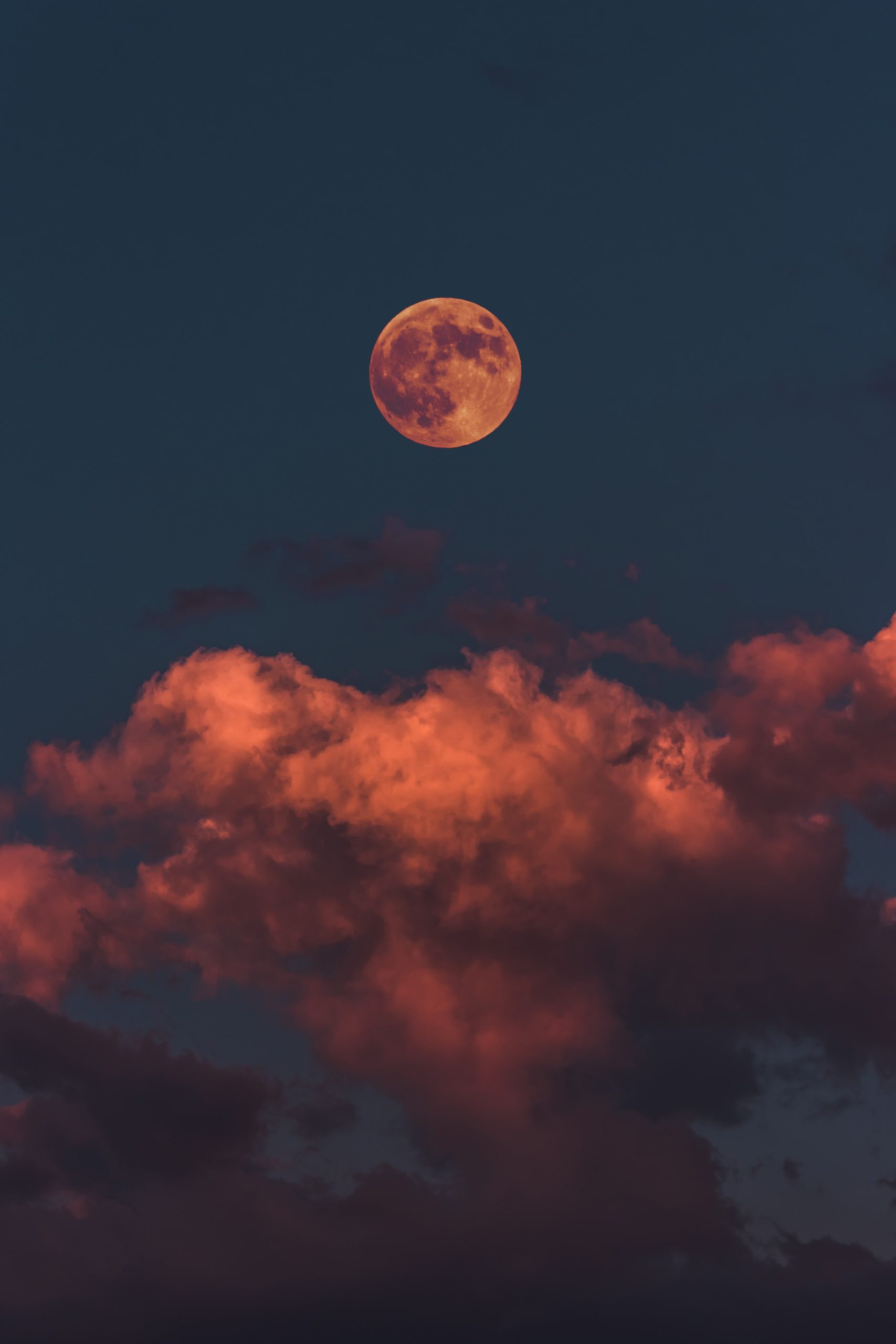Waning Crescent Facts: Discovering the Mysteries of the Moon’s Final Phase
As the moon weaves its way through its 29.5-day lunar cycle, each phase offers a unique celestial spectacle. From the radiant full moon to the mysterious new moon, each lunar phase has captivated humans for centuries.
Today, we turn our attention to the waning crescent, the final phase before the new moon takes its place. In this article, we will explore the fascinating facts about the waning crescent, including its appearance, significance, and connection to various cultures around the world.
Understanding the Lunar Cycle
Before diving into the specifics of the waning crescent, let’s briefly review the lunar cycle. The moon’s journey around the Earth brings about different phases, each marked by the amount of illuminated lunar surface visible from Earth.
The eight primary lunar phases are:
- New Moon
- Waxing Crescent
- First Quarter
- Waxing Gibbous
- Full Moon
- Waning Gibbous
- Last Quarter
- Waning Crescent
Now, it’s time to delve into the world of the waning crescent!
What is a Waning Crescent?
The waning crescent refers to the moon’s final phase before it disappears entirely into the darkness of the new moon. During this phase, only a small fraction of the moon is visible from Earth, forming a narrow, crescent-shaped sliver that gradually diminishes with each passing day.
Unlike the waxing crescent, which appears after the new moon, the waning crescent phase occurs after the full moon. As the moon transitions into this phase, it begins to wane, or decrease, in illumination.
Appearance of the Waning Crescent
The waning crescent is characterized by its subtle luminosity and delicate shape. When observing the moon during this phase, you will notice:
- A crescent shape, with the concave side facing the right in the Northern Hemisphere and the left in the Southern Hemisphere
- A pale, silver-white glow that softly embraces the visible crescent
- A faint, ghostly halo surrounding the moon, known as “Earthshine,” caused by sunlight reflecting off the Earth and illuminating the dark side of the moon
Occurrences and Duration
The waning crescent typically emerges approximately two weeks after the full moon. This phase precedes the new moon, which marks the beginning of a new lunar cycle.
A waning crescent is visible in the early morning sky, just before sunrise. Due to the low position in the sky, the moon is often obscured by the Earth’s horizon or other terrestrial objects, making it more challenging to observe compared to other lunar phases.
The duration of the waning crescent phase varies depending on the speed of the moon’s movement. On average, this phase lasts for about 3 to 4 days before transitioning into the new moon.
The Significance of the Waning Crescent
The waning crescent holds both astronomical and cultural significance. Let’s explore some of the fascinating aspects associated with this enchanting lunar phase:
1. Reflection and Introspection
The waning crescent is often associated with introspection and self-reflection. As the moon diminishes in size, it encourages us to evaluate our actions, set new intentions, and let go of anything that no longer serves us.
Many spiritual practices and meditation techniques embrace the energy of the waning crescent to facilitate personal growth and inner transformation.
2. Symbolism Across Cultures
The waning crescent carries symbolic meaning in various cultures around the world. In ancient civilizations, such as Mesopotamia and Egypt, the waning crescent represented the moon goddess, offering protection and nurturing.
Within Islamic culture, the waning crescent moon is widely recognized as the symbol of the Islamic calendar and represents the end of one lunar month and the beginning of another.
Moreover, the waning crescent holds significance in astrology, influencing horoscopes and astrological interpretations.
3. Impact on Ocean Tides
The gravitational pull between the moon, Earth, and the sun impacts the ocean tides. During the waning crescent phase, the gravitational forces of the sun and moon align, resulting in lower tides known as neap tides.
Neap tides are characterized by less significant tidal differences, making them less extreme compared to spring tides, which occur during the new and full moon phases.
4. Celestial Photography
The unique appearance of the waning crescent provides an excellent opportunity for celestial photography enthusiasts. Capturing the slender crescent shape against a backdrop of stars or other astronomical phenomena can result in mesmerizing images.
Photographing the waning crescent requires careful planning to ensure optimal lighting conditions and minimize any unwanted interferences.
Embrace the Waning Crescent’s Magic
The waning crescent phase is a captivating and powerful time within the lunar cycle. Whether you choose to harness its energy for personal transformation, explore its cultural significance, or simply marvel at its ethereal beauty, the waning crescent offers a moment of cosmic connection.
So, the next time you find yourself awake in the pre-dawn hours, cast your gaze to the heavens and marvel at the splendor of the waning crescent, the moon’s final whisper before the new moon begins its celestial dance once more.
Table of Contents
